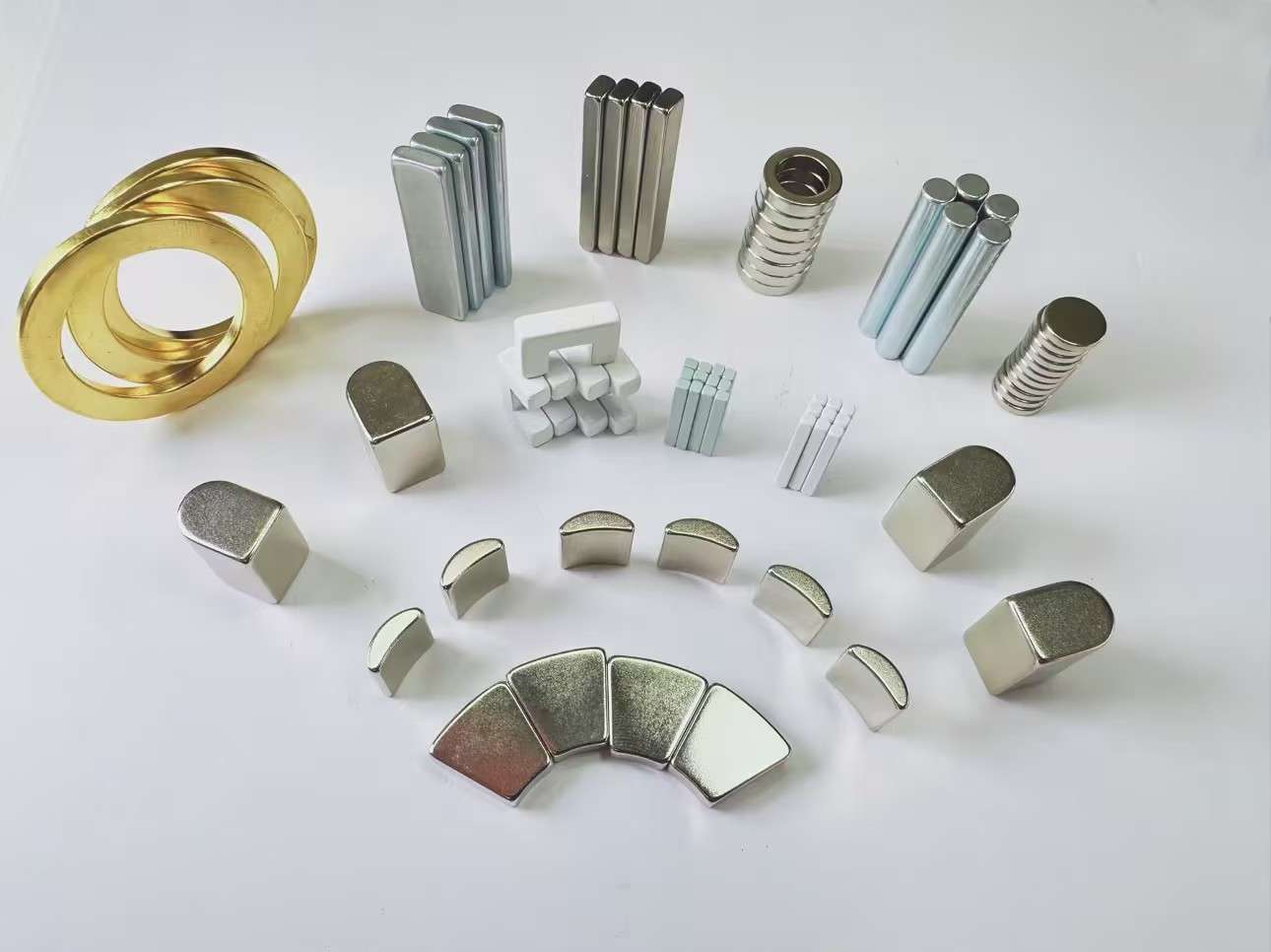permanent magnet
NdFeB Magnets
Neodymium magnets
Magnetic Properties
NdFeB Magnets
Magnetic Properties
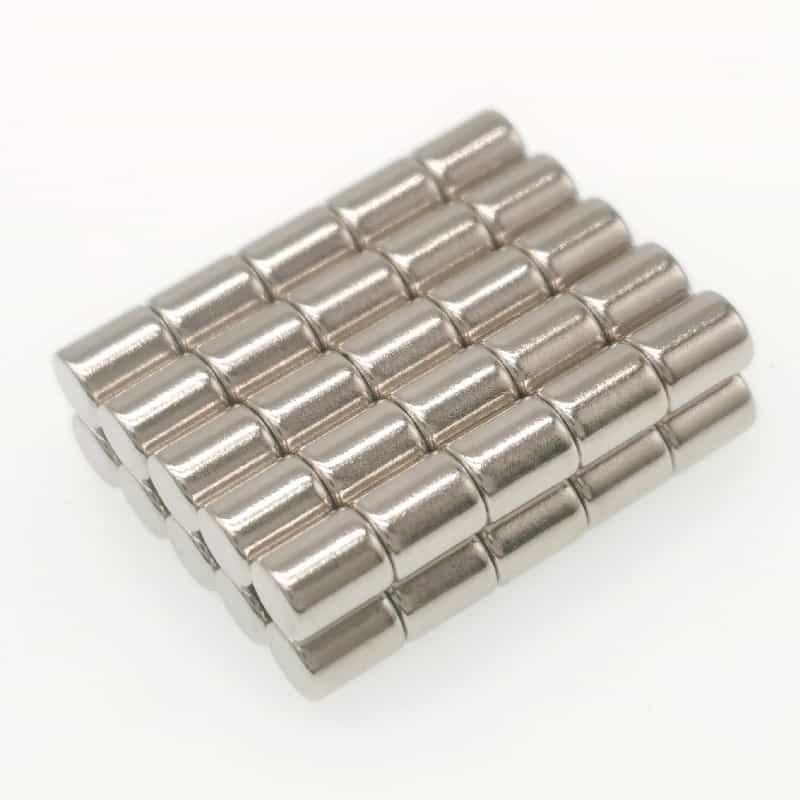
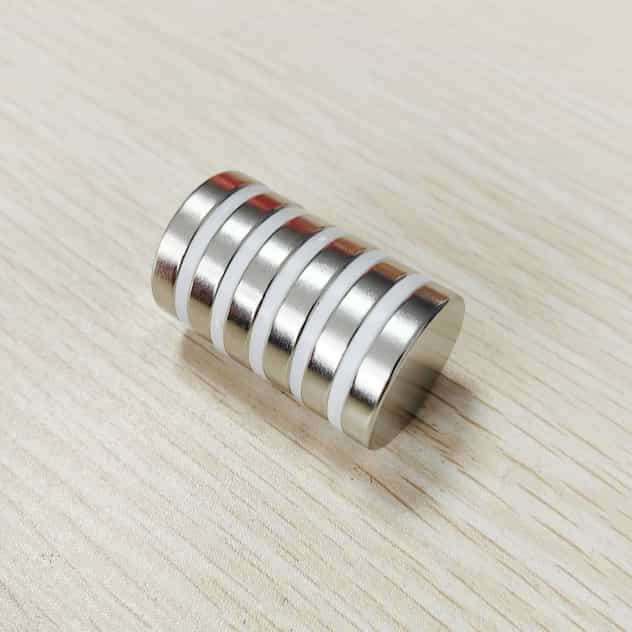
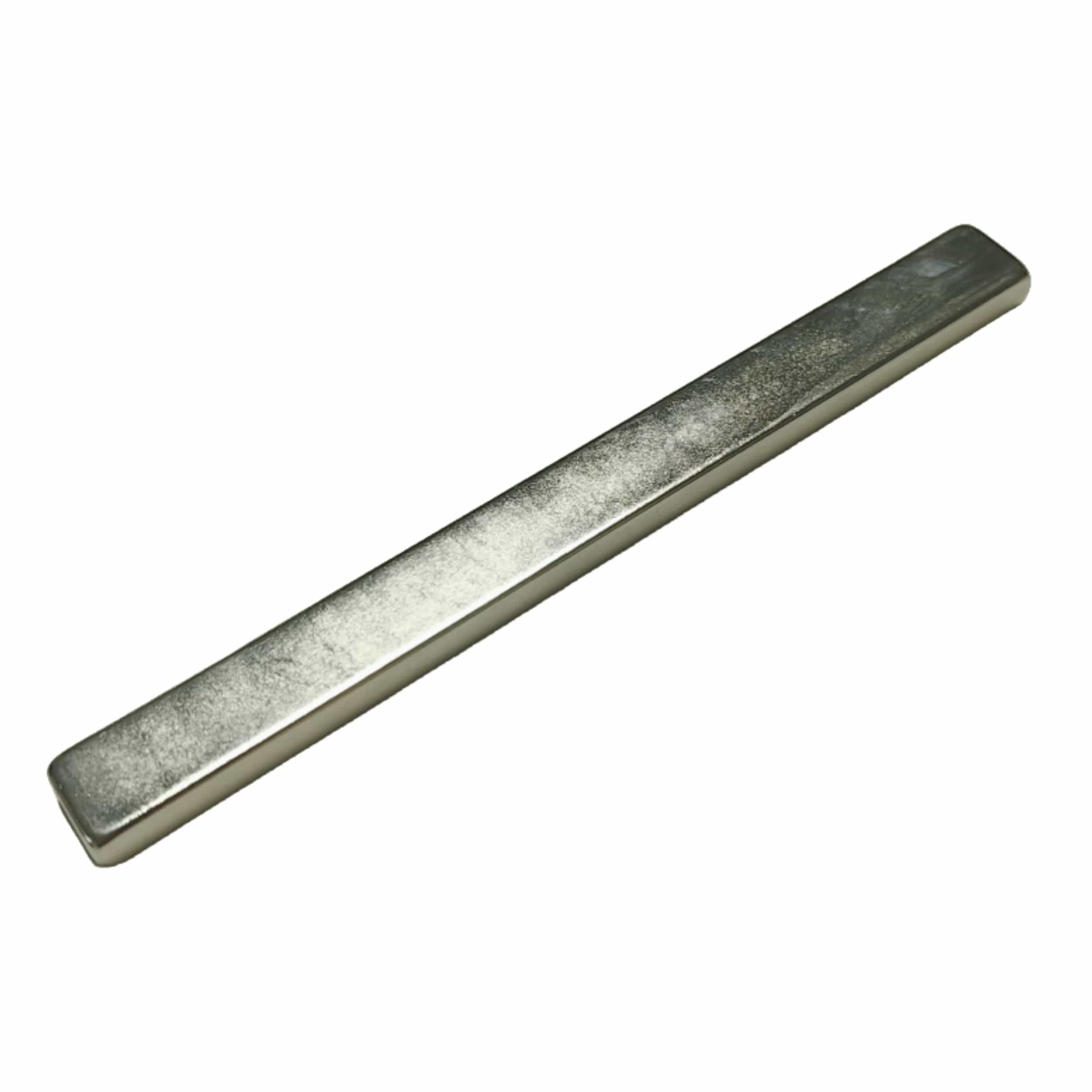
Surface Treatment
Coating
Surface Treatment
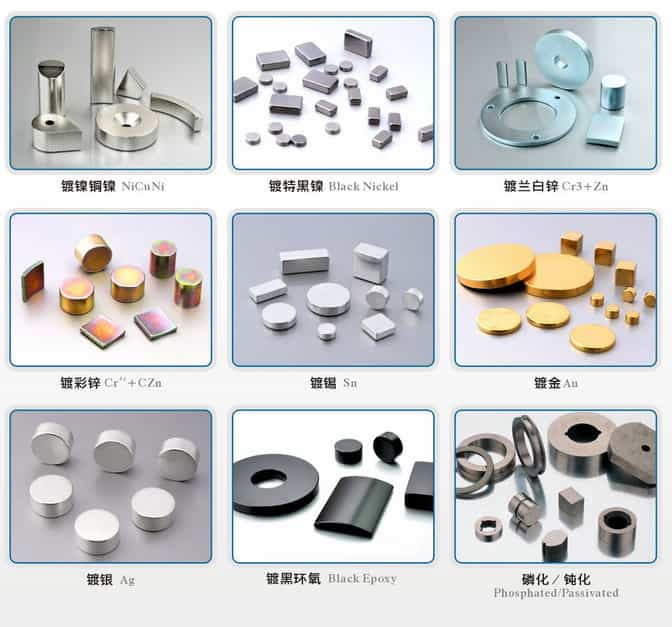
Note:
1. The SST results differ from coating. In general, Salt Spray Test results, which is coated by grinding (small size magnets), is better than the one, which is coated by hanging up (big size magnets).
2. Salt Spray Test (SST) condition: 5% NaCl, 35℃, continuously spray a certain time, test whether there is corrosion on coating surface.
3. Pressure Cooking Test (PCT) condition: 2 atm, 95% RH (relative humidity), 121℃ to test the coating adhesion. (Zinc, Passivated, and Epoxy are not suitable for PCT).
4. Other test methods for coating: Drop Test, Cross Cut test, Heating and Spilling Test, Constant Temperature and Humidity Test and etc.
Temperature Characteristics
Low-grade neodymium magnets may lose their magnetic strength if heated above 80°C. High-grade neodymium magnets have been developed to operate at temperatures up to 220°C with minimal irreversible loss. The demand for a low temperature coefficient in neodymium magnet applications has led to the development of various grades to meet specific operational requirements.
Application

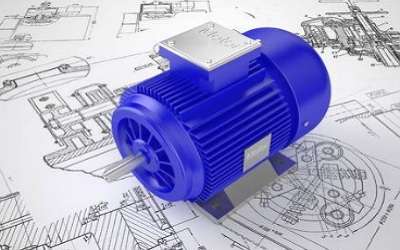
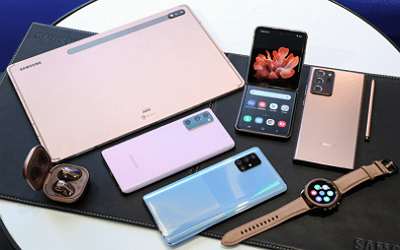

Sintered NdFeB magnets are utilized across a broad range of industries, including but not limited to electronics (such as mobile phones and hard drives), automotive engineering (in electric motors and sensors), medical technology (in MRI machines), and the energy transportation sector. As technology continues to advance, sintered NdFeB magnets are experiencing significant growth in emerging fields like electric vehicles, wind power generation, and energy-efficient home appliances. This material has redefined the limits of what is achievable in the realm of magnetic materials, establishing it as a cornerstone in modern engineering.
Free Estimation
Request A Quote
If you need customized permanent magnet and assemblies, please do not hesitate to contact us for further details.


